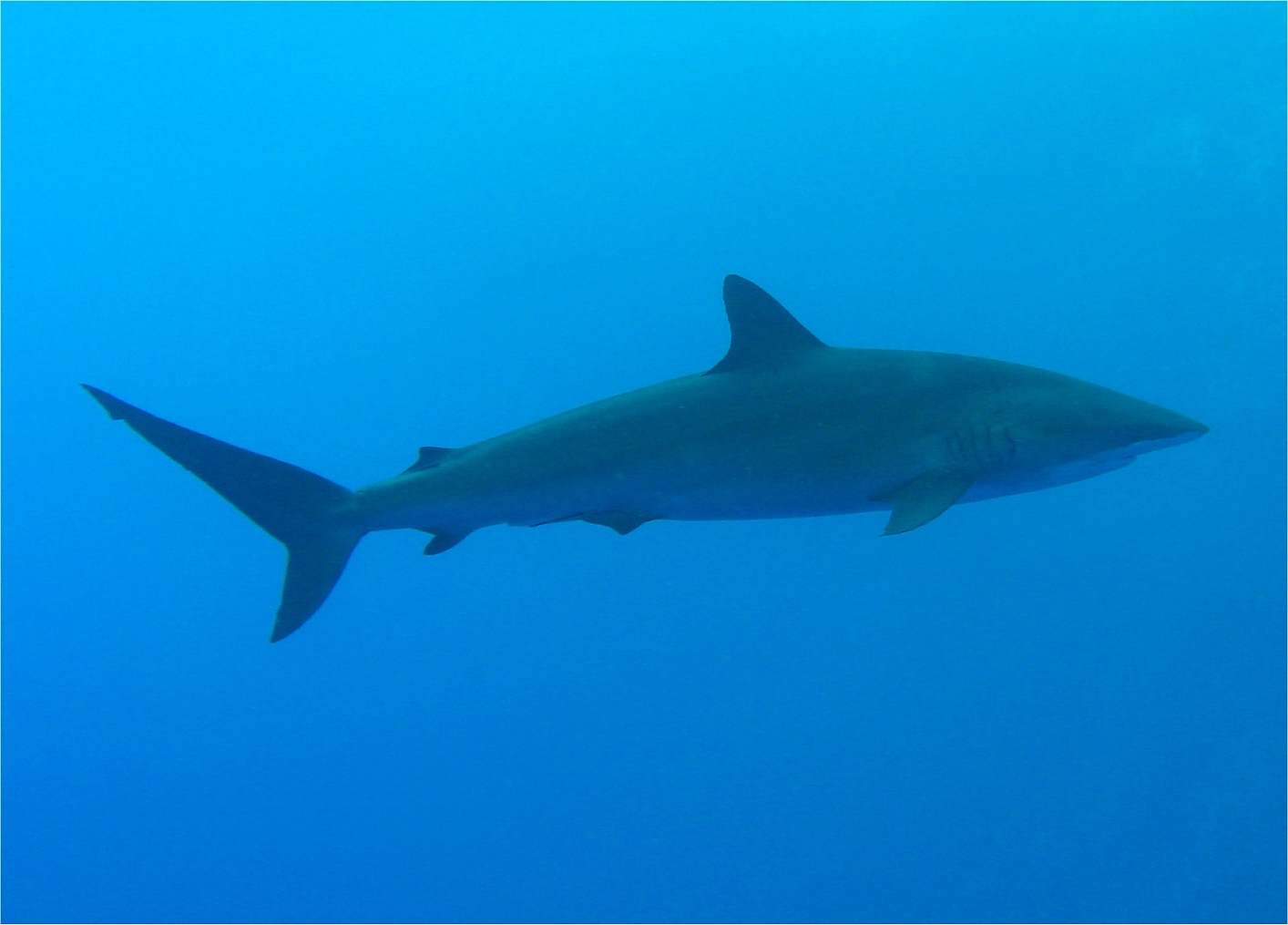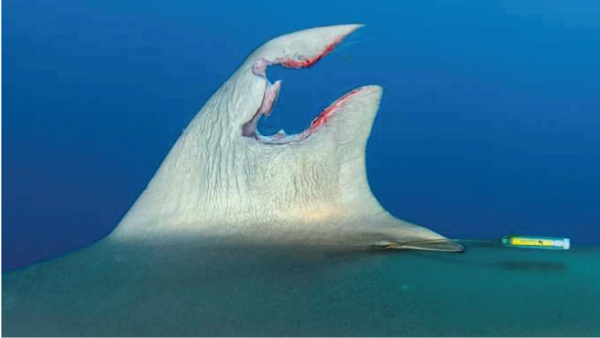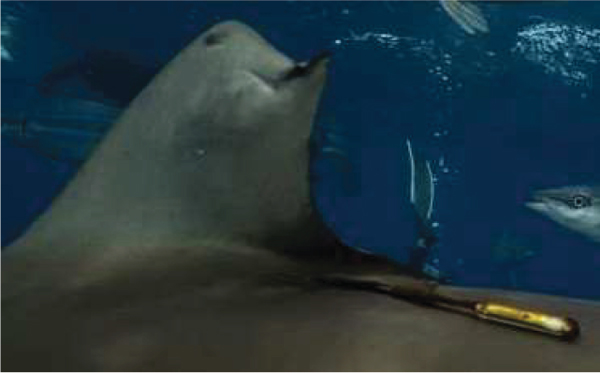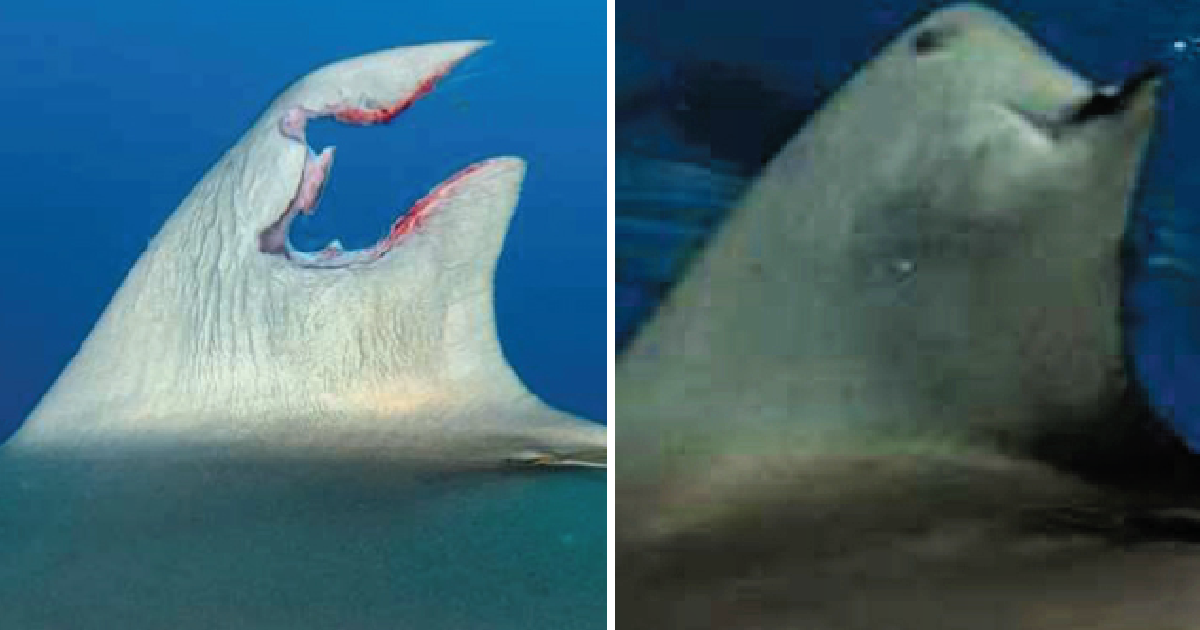Animals get injured all of the time, whether they live on the land or in the sea. Sometimes it’s predators, other times it’s an accident, and of course, humans messing with nature is an option, too.
That’s why scientists are excited to see fin regeneration happen in the wild.
They observed the event in a silky shark, a sleek predator that grows to around 11.5 feet in length. Although there used to be a lot of them, their numbers are now struggling as they’re rapidly consumed by shark fin markets.


This particular shark came onto scientist’s radar after being photographed by a diver in July of 2022. Marine biologist Chelsea Black helped ID the shark, who was fitted with a tag and unique number.
She thinks the injury was actually caused by someone trying to remove the tag with a sharp object, like a knife.
The shark re-emerged the following year, and even though its photo ID and tag number matched their records, its dorsal fin did not look the same as the last time they saw it.


When first spotted in 2022, the shark was missing around 20.8 percent of its dorsal fin.
332 days later, it had healed so that the fin was around 87% of its original size.
Prior to this, scientists had documented dorsal fin regeneration in a whale shark, and other skin regeneration in reef manta rays, grey nurse sharks, and a sicklefin lemon shark, but overall, exceptionally wound-healing abilities aren’t common.
At least not as far as we know.


Researchers hope this case can help educate the public on the dangers of trying to remove the scientific tracking devices, as well as the reasons they’re put on in the first place.
Let them live, people.
I promise you can find something else to eat.
Source: https://twistedsifter.com/2024/01/scientists-are-intrigued-that-this-silky-shark-regenerated-its-ravaged-dorsal-fin/
